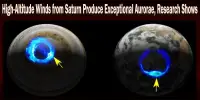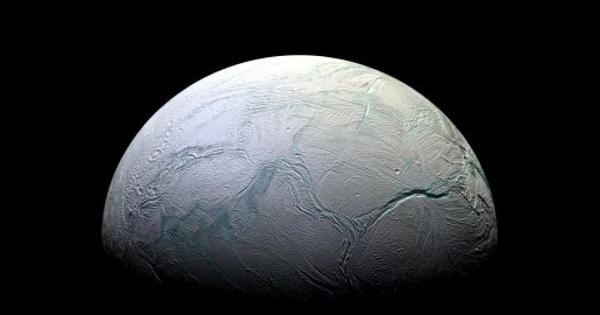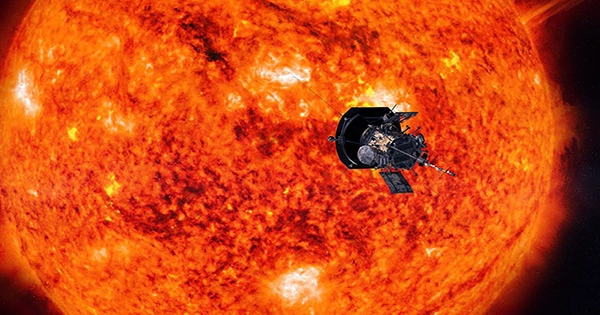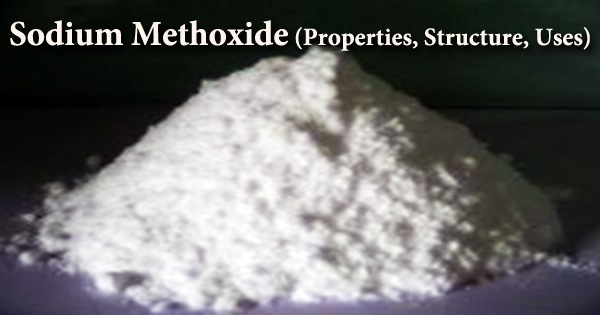The exoplanet PH2 b, also known as Kepler-86 b, is a gas giant that orbits a G-type star. It is an exoplanet that orbits the star Kepler-86, which is 1121.4 light-years (343.8 pc) from our Solar System. It has the mass of 80 Jupiters, takes 282.5 days to complete one orbit of its star, and is 0.828 AU away from it. Kepler-86 has an apparent magnitude of 22.0 and an absolute magnitude of 14.3. It was discovered in 2013 and was announced at the time.
It is 0.9 times more massive and 1.0 times larger than our Sun. The surface temperature is 5676 degrees Fahrenheit, and the spectral type is G5. The extrasolar planet Kepler-86 b orbits the star Kepler-86 every 282.5 days at an orbital distance of 0.82 AU in this planetary system.
Kepler-86b is the Kepler number assigned to PH 2b. PH2 b is a Jupiter-sized planet in a solar-like star’s habitable zone. It has a radius ten times that of the Earth and completes one round trip around its host star every 282.5 days. PH2 b has the fourth longest orbital period of any Kepler identified planet, as well as the biggest radius of any confirmed Kepler planet with a period longer than 100 days.

Kepler-86 b is an extrasolar planet (exoplanet) that orbits the star Kepler 86 in the Cygnus constellation. Exoplanets are planets that orbit stars other than the Sun. The mass and radius are calculated in relation to Jupiter. 0.342 Jupiters denotes that it has 0.342 times the mass of Jupiter and is equivalent in Mass. Its radius has been predicted to be 9.29 times that of the Earth. All of the figures have a variation that I have not placed here for the time being; if you require them, you can find them at the source site.
The planet’s orbital period, or year, is 282.5254 days, or 0.77 Earth years. By the end of a full year, the Earth will have made 1.29 orbits around its star. The semi-major axis is the point in the orbit that is farthest from the star. The Earth orbits the Sun with a semi-major axis of little over 1 A.U. The average distance between the Earth and the Sun is one A.U. The planet orbits its star at a closer distance to the Sun than Mars does.
PH2 b orbits its star in the habitable zone, but it is a gas giant ten times the size of Earth, likely quite similar to Jupiter. Roy Jackson, a 71-year-old retired police inspector from Gateshead, was one of the volunteers who discovered the planet in the Planet Hunters data.
















